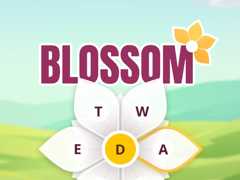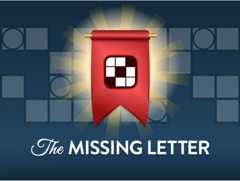Note: Nouns typically can be combined with determiners to serve as the subject or object of a verb ("the book," "a cat," "these truths"), can be interpreted as singular or plural, and can be replaced with a pronoun. A noun is usually a single word, but not always:cake,school bus, andtime and a half are all nouns.
Did you know?
What is anoun?
Nouns make up the largest class of words in most languages, including English. A noun is a word that refers to a thing (book), a person (Noah Webster), an animal (cat), a place (Omaha), a quality (softness), an idea (justice), or an action (yodeling). It's usually a single word, but not always:cake,shoes,school bus, andtime and a half are all nouns.
There are a number of different categories of nouns.
There arecommon nouns andproper nouns. A common noun refers to a person, place, or thing but is not the name of a particular person, place, or thing. Examples areanimal,sunlight, andhappiness. A proper noun is the name of a particular person, place, or thing; it usually begins with a capital letter:Abraham Lincoln,Argentina, andWorld War I are all proper nouns.
Acollective noun is a noun that names a group of people or things, such asflock orsquad. It's sometimes unclear whether the verb for a collective noun should be singular or plural. In the United States, such nouns ascompany,team,herd,public, andclass, as well as the names of companies, teams, etc., are treated as singular, but in the United Kingdom they are often treated as plural: (US) "The team has been doing well this season." vs. (British) "The team have been doing well this season."
Gerunds are nouns that are identical to thepresent participle (-ing form) of a verb, as in "I enjoyswimming more thanrunning."
Anattributivenoun is a noun that modifies another noun that immediately follows it, such asbusiness inbusiness meeting. Thesenouns look like adjectives but they're not.
For learners of English, the most important feature of a noun is whether it can be counted. Acount noun is a noun that can be used aftera oran or after a number (or another word that means "more than one"). Count nouns have both singular and plural forms and can be used with both singular and plural verb forms, as with the wordletter in "Aletter for you is on the table.Letters for you arrive regularly." Sometimes the plural form of a count noun is the same as its singular form, as in "I saw adeer in my yard yesterday. There are a lot ofdeer in the woods near my house."
Amass noun (ornoncount noun) refers to something that cannot be counted. Mass nouns are normally not used after the wordsa oran or after a number. They have only one form and are used with singular verb forms, as in "Portuguese is one of the languages they speak," and "Theinformation was unclear."
Some nouns are not count or mass nouns. Nouns which only ever refer to one thing are calledsingularnouns: "Saturn is the sixth planet from the sun," "We heard a terribledin in the alley." And apluralnoun refers to more than one person or thing, or sometimes to something that has two main parts. Plural nouns have only one form and are used with plural verb forms: "Townspeople are invited to a forum on the project," "Thesescissors are dull."
A particular noun can have any or all of these kinds of uses.
(count) I've read that book severaltimes.
(mass)Time seemed to stop when I saw him for the first time.
(singular) Thetime is 3:22.
(plural) Fuel costs threetimes as much as it did five years ago.
Examples ofnoun in a Sentence
Word History
Phrases Containingnoun
Rhymes fornoun
Browse Nearby Words
Cite this Entry
“Noun.”Merriam-Webster.com Dictionary, Merriam-Webster, https://www.merriam-webster.com/dictionary/noun. Accessed 26 Nov. 2025.
Kids Definition
noun
nounMore from Merriam-Webster onnoun
Thesaurus:All synonyms and antonyms fornoun
Nglish:Translation ofnoun for Spanish Speakers
Britannica.com:Encyclopedia article aboutnoun
Subscribe to America's largest dictionary and get thousands more definitions and advanced search—ad free!
Merriam-Webster unabridgedMore from Merriam-Webster
[8]ページ先頭



